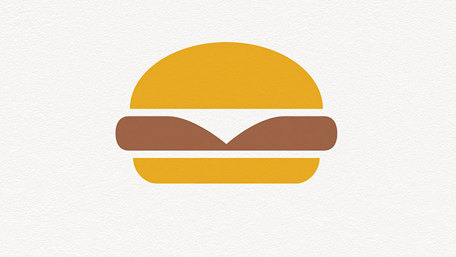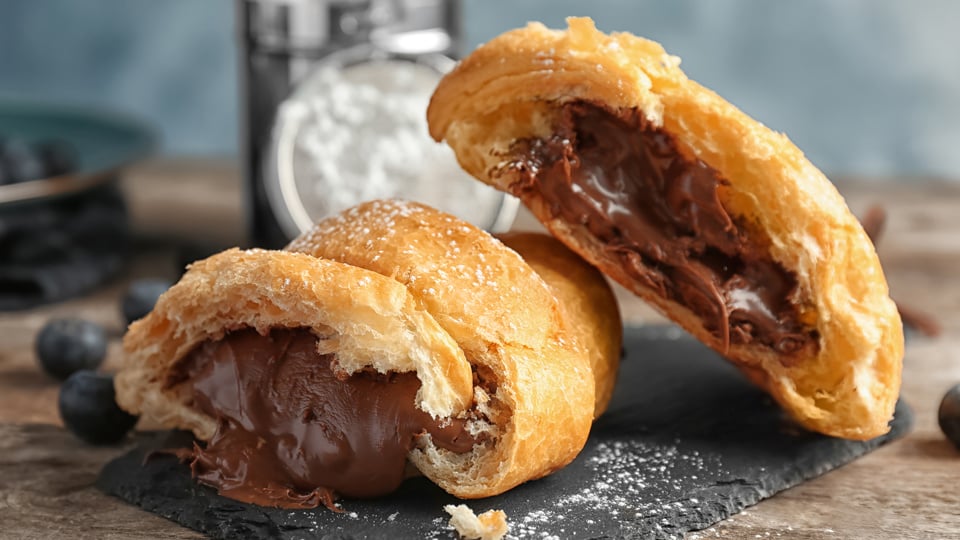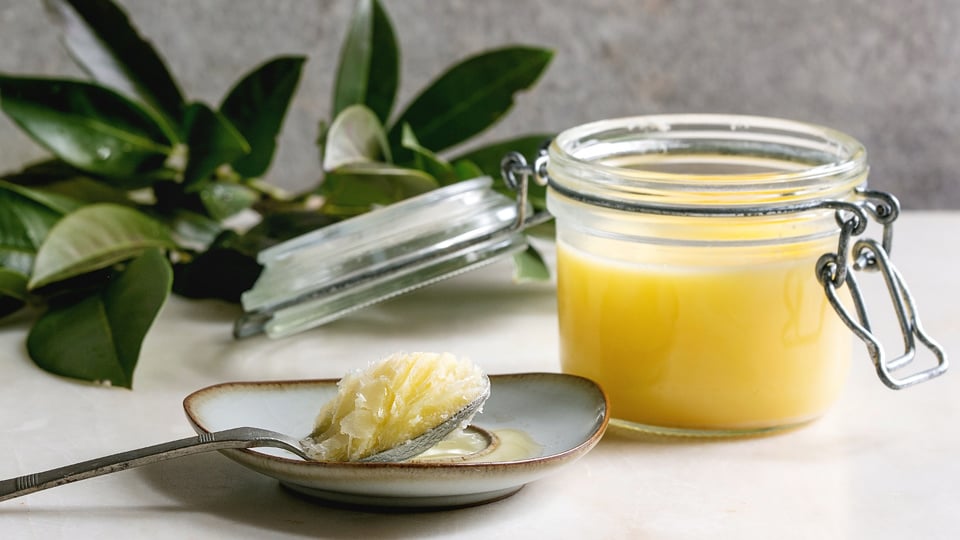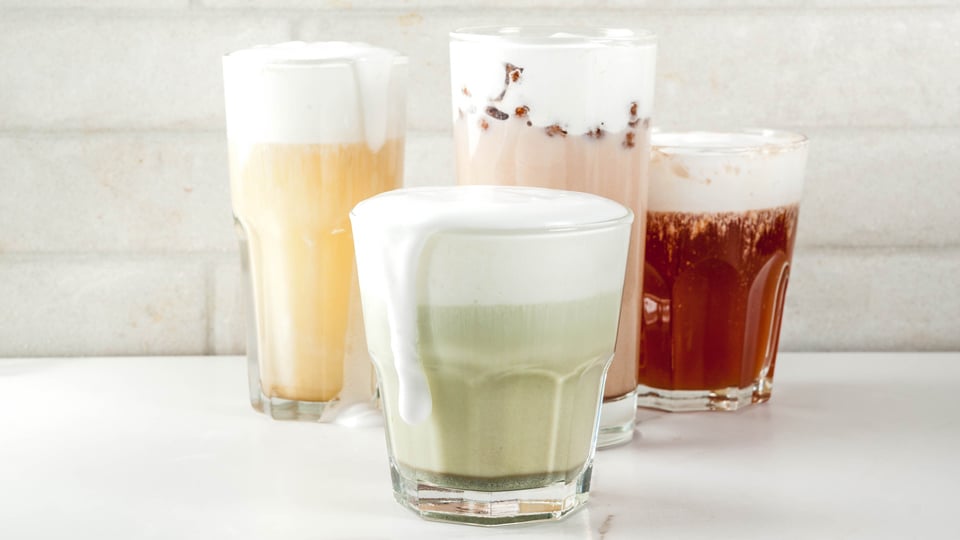A success factor when creating plant-based alternatives to meat products, is to not compromise on sensory properties. In this particular Co-Development project, we helped a customer in the United States to develop a plant-based burger with the same visual appeal and texture as a traditional meat burger.
Seeing is believing
Sales of plant-based burgers in the North America market have experienced double-digit growth over the past few years, driven primarily by the flexitarian trend. Flexitarian consumers want plant-based alternatives to their favorite meat products, but without compromising on sensory delivery. They not only need it to taste like a burger, it must also have the same texture, aroma, mouthfeel, and visual appeal.
Due to its exponential growth, this category is highly attractive and competitive. Traditional meat companies, like this particular AAK customer, have realized that it poses both a threat and an opportunity.
Understanding the value and challenges of visual appeal
The initial dialogue with our customer revealed a wish to gain market share by taking visual appeal to a new level. In particular, by introducing pockets of fat throughout the customer’s plant-based burger to mirror the appearance of real meat as visual appeal translates extremely well into marketing communication.
The next step was for AAK specialists to walk the customer’s value chain. Due to Covid-19, a physical visit was not possible, so an extremely efficient virtual tour was arranged. This revealed that the customer has a no palm oil policy which AAK was asked to respect when exploring potential solutions. It also helped us to better understand existing production processes and, in particular, mixing capabilities in the plant.
This combination of dialogue and virtual visit helped us to align success criteria for our co-development project – to create a plant-based fat solution that would retain its shape and integrity in the burger matrix, also when frozen.
Try it and see
At this point in the process, two of AAK’s Customer Innovation Centers – in Louisville, Kentucky and in Richmond, California – were integrated into the process. Support from both facilities was necessary as nothing like this had ever been tried before, and as we anticipated the need to develop, test and analyze a large number of solutions based on several sustainably sourced raw materials.
The customer provided its matrix so that our teams could evaluate multiple options in the context of the real-life product. In addition, our Customer Innovation Centers were set up to mirror our customer’s own production process. Results were analyzed and decisions taken in close collaboration.
A specially developed fat system was found to deliver the optimal visual and texture solution under the defined production parameters. However, a challenge was identified relating to handling and storage of the solution after processing. Special handling and logistics were required, and AAK specialists were on-hand to provide this support.
Involvement of AAK’s Customer Innovation Centers greatly accelerated the development process by enabling our customer to go straight to market. Our team worked closely with the customer’s local operations team to ensure a smooth transition from pilot to full-scale manufacture.
The end result is a better sensory experience, delivered from a sustainably sourced plant-based fat solution – that can be responsibly scaled up as our customer’s market share continues to rise.







